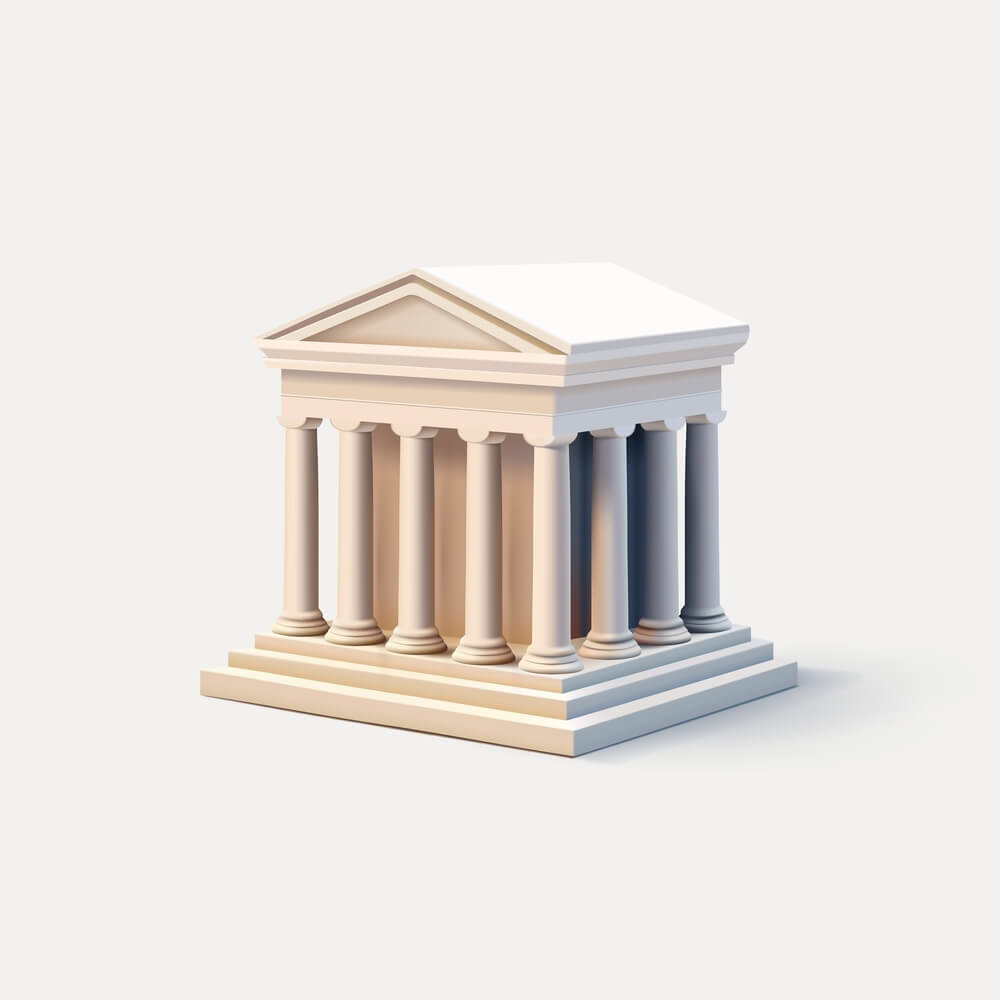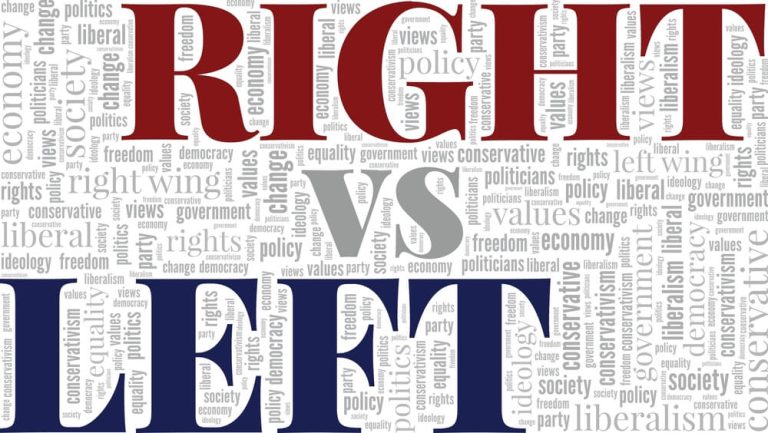Understanding left and right political ideologies is crucial in modern politics due to their impact on society. Originating from the French Revolution, these spectrums influence beliefs and policies today. The left includes liberalism and socialism, while the right encompasses conservatism and capitalism, each advocating different government roles, social issues, and economic strategies. Examining these divides reveals insights into democratic challenges amid global political polarization.
The Historical Roots of Left and Right Politics
The political spectrum, as we know it today, finds its origins in the turbulent times of the French Revolution. This period marked a significant shift in how political ideologies were organized and understood. The terms “left wing” and “right wing” emerged from the seating arrangements in the National Assembly of 1789 France. Those who sat to the left of the presiding officer were typically supportive of revolutionary change and progressive reforms, advocating for equality and social justice.
Conversely, those seated on the right favored tradition, hierarchy, and stability, aligning with conservative values that sought to preserve existing structures. This division laid the foundation for what we now recognize as right-wing history. Over time, these positions evolved into broader political ideologies that encapsulate various economic policies, social beliefs, and governance philosophies.
Understanding these historical roots provides valuable context for analyzing contemporary political discourse. It highlights how deeply ingrained these divisions are within our societal fabric and helps explain why certain issues resonate differently across the political spectrum. As we navigate modern politics, recognizing these origins allows us to appreciate the complexities involved in balancing progress with preservation.
Core Beliefs and Ideologies of the Left
The core beliefs and ideologies of the Left are rooted in a commitment to social equality, justice, and collective well-being. Central to these beliefs is liberalism, which advocates for individual rights and freedoms, while also emphasizing the need for government intervention to ensure equal opportunities for all. This ideology often intersects with progressive policies that seek to address systemic inequalities through reformative measures.
Socialism plays a significant role in leftist ideology by promoting the idea that resources and means of production should be owned or regulated by the community as a whole. This approach aims to reduce economic disparities and ensure that wealth is distributed more equitably among society’s members.
A key component of leftist thought is the welfare state, which supports the provision of essential services such as healthcare, education, and social security by the government. The goal is to create a safety net that protects individuals from poverty and provides them with opportunities for upward mobility.
Overall, these ideologies work together to foster an inclusive society where progressive policies are implemented to achieve greater social equality and improve the quality of life for all citizens.
Core Beliefs and Ideologies of the Right
The core beliefs and ideologies of the political Right are deeply rooted in conservatism, which emphasizes the preservation of traditional values and institutions. Central to this ideology is a commitment to capitalism and free market policies, which advocates for minimal government intervention in economic affairs. Proponents believe that such an approach fosters innovation, efficiency, and economic growth by allowing market forces to dictate the allocation of resources.
Another cornerstone of right-wing ideology is individual responsibility. This principle holds that individuals should be accountable for their actions and decisions, advocating for a society where personal initiative and hard work are rewarded. By emphasizing individual responsibility, conservatives argue that people can achieve success through their efforts rather than relying on government assistance.
Traditional values also play a significant role in shaping the beliefs of the Right. These values often include a focus on family structures, religious faith, and cultural heritage as essential components of a stable society. Conservatives argue that upholding these values provides moral guidance and continuity amidst changing social dynamics.
Together, these principles form a cohesive framework that guides conservative thought and policy-making. By prioritizing free markets, personal accountability, and time-honored traditions, those on the Right seek to create a society grounded in stability and prosperity while respecting individual liberties.
The Role of Government (Big vs Small Government Debate)

The debate over big versus small government is a central theme in political discourse, often revolving around the extent of government intervention in economic and social affairs. Proponents of a larger government argue that increased regulation and oversight are necessary to ensure public welfare, protect consumers, and address inequalities. They believe that government intervention can help stabilize the economy during downturns, provide essential services such as healthcare and education, and safeguard the environment through stringent regulations.
On the other hand, advocates for smaller government emphasize deregulation as a means to foster innovation and economic growth. They argue that reducing the size of government allows for greater efficiency by minimizing bureaucratic red tape and empowering individuals with more personal freedom. This perspective suggests that private enterprises are better equipped to respond to market demands without excessive regulatory constraints.
The size of government debate ultimately hinges on finding a balance between ensuring public interests are protected while allowing enough flexibility for economic progress. Each side presents valid points regarding regulation versus deregulation, highlighting the complexities involved in determining how much or how little governmental oversight is optimal for society as a whole.
Cultural and Social Issues (How the Sides Differ on Key Policies)
In today’s complex political landscape, cultural and social issues often sit at the heart of policy debates. These discussions reveal stark differences in perspectives and priorities across various sides.
The abortion rights debate remains one of the most contentious issues, with proponents advocating for a woman’s right to choose, emphasizing personal freedom and bodily autonomy. Opponents, however, argue for the protection of unborn life, often citing moral or religious beliefs as their foundation.
When it comes to LGBTQ+ rights stance, there is a divide between those who push for comprehensive protections against discrimination and those who express concerns over religious freedoms or traditional values being compromised. This tension is evident in debates over marriage equality, adoption rights, and workplace protections.
Immigration policy differences are another significant area of contention. One side typically focuses on strict border controls and prioritizing national security, while others advocate for more inclusive policies that recognize the contributions of immigrants to society and emphasize humanitarian considerations.
Gun control vs gun rights continues to be a polarizing issue as well. Advocates for gun control call for measures such as universal background checks and restrictions on certain firearms to reduce violence. In contrast, gun rights supporters emphasize the Second Amendment’s guarantee of individual freedoms and argue that responsible ownership should not be infringed upon.
The Economic Perspectives: Redistribution vs Free Market Principles
The ongoing debate between redistribution and free market principles is a central theme in economic discourse. At its core, this debate revolves around how best to address economic inequality and ensure sustainable growth. On one side, advocates for welfare programs support argue that government intervention through redistribution can effectively reduce disparities by providing essential services and financial assistance to those in need. This perspective emphasizes the role of government spending in creating a safety net that fosters social stability and equality.
Conversely, proponents of tax cuts advocacy champion the free market’s ability to drive innovation and efficiency. They argue that reducing taxes allows individuals and businesses to retain more of their income, encouraging investment and job creation. This approach suggests that as the economy grows, prosperity will naturally trickle down, benefiting all levels of society without direct intervention.
Both viewpoints offer distinct solutions to economic inequality: welfare programs aim for immediate relief through direct support, while tax cuts focus on long-term growth driven by market forces. Understanding these perspectives helps illuminate the broader discussion about government’s role in managing economies and highlights the diverse views on how best to achieve equitable prosperity.
The Impact of Left vs Right Politics in Modern Democracies
In modern democracies, the divide between left and right politics has profound implications for governance and social cohesion. One of the most significant challenges arising from this divide is bipartisanship. As political parties become more entrenched in their ideological positions, finding common ground becomes increasingly difficult. This lack of cooperation can lead to legislative gridlock, where essential policies are stalled or abandoned altogether.
Political polarization further exacerbates these issues by deepening divisions within society. When citizens align strongly with either left or right ideologies, it can lead to a fragmented populace where dialogue and compromise are rare. Such polarization often manifests in heightened social tensions and a decline in trust towards political institutions.
The electoral system also plays a crucial role in shaping the dynamics between left and right politics. Systems that favor majoritarian outcomes may amplify the voice of one side over the other, potentially marginalizing minority viewpoints and fueling discontent among those who feel unrepresented.
Populist movements have gained traction as a response to perceived failures of traditional political structures to address key societal concerns. These movements often capitalize on existing divides, using rhetoric that appeals directly to public dissatisfaction with established parties. While they can invigorate political participation by bringing new voices into the conversation, populist movements also risk further entrenching polarization if not carefully managed.
Overall, understanding the impact of left versus right politics is essential for navigating the complexities of modern democracies and fostering an environment where diverse perspectives can coexist productively.
Navigating Political Differences for a Balanced Future
In today’s increasingly polarized world, navigating political differences has become a crucial skill for fostering a balanced and harmonious future. It is important to recognize that diverse opinions are an integral part of a healthy democracy, contributing to the richness of public discourse. To bridge these divides, individuals must engage in open-minded dialogue, actively listening to understand opposing viewpoints rather than simply preparing counterarguments.
Education plays a pivotal role in this process. By equipping people with critical thinking skills and encouraging exposure to varied perspectives from an early age, we can cultivate a society that values informed debate over divisive rhetoric. Additionally, media literacy is essential in helping individuals discern credible information from misinformation, thus reducing the spread of false narratives that often exacerbate tensions.
Community initiatives and grassroots movements also offer promising avenues for bringing people together across ideological lines. By focusing on shared goals and collaborative problem-solving, such efforts can help build trust and mutual respect among participants.
Ultimately, achieving a balanced future requires collective effort and commitment to embracing diversity as a strength rather than viewing it as an obstacle. Through respectful engagement and thoughtful consideration of differing perspectives, we can work towards solutions that benefit all members of society.


